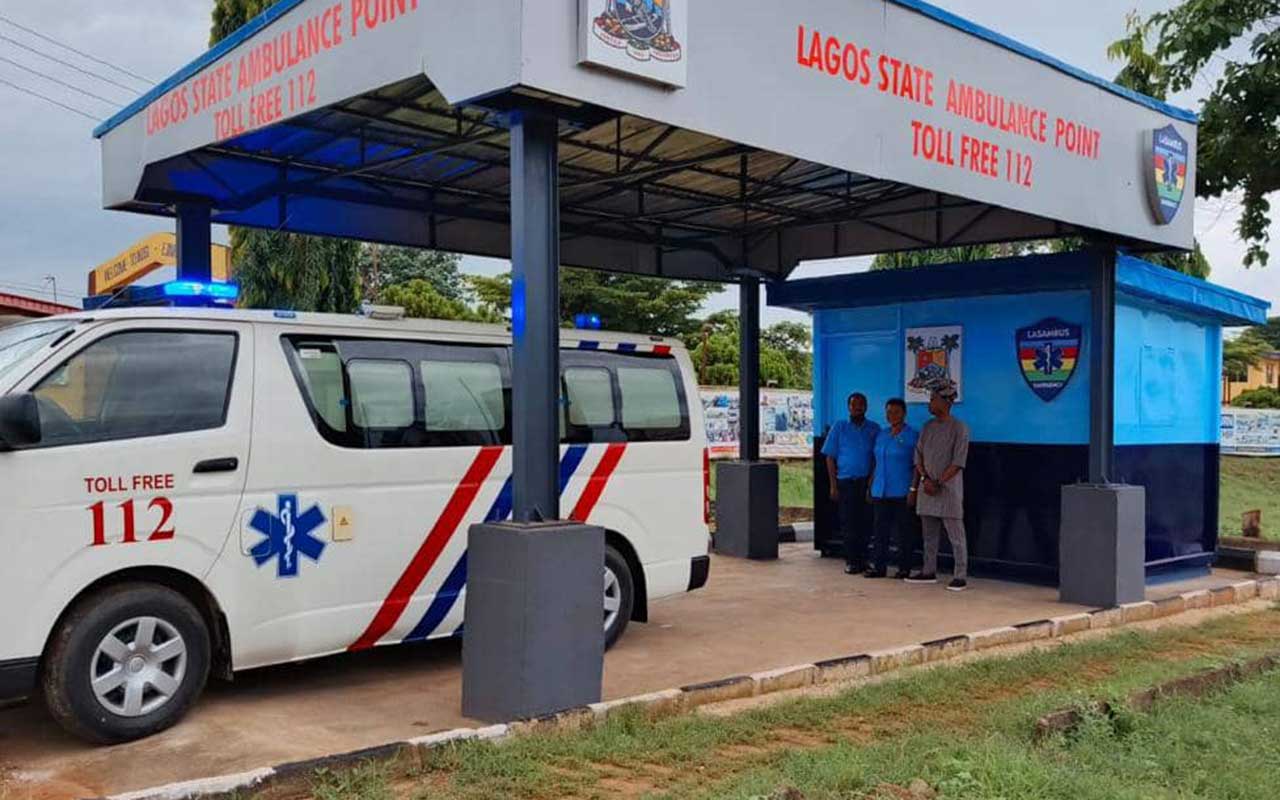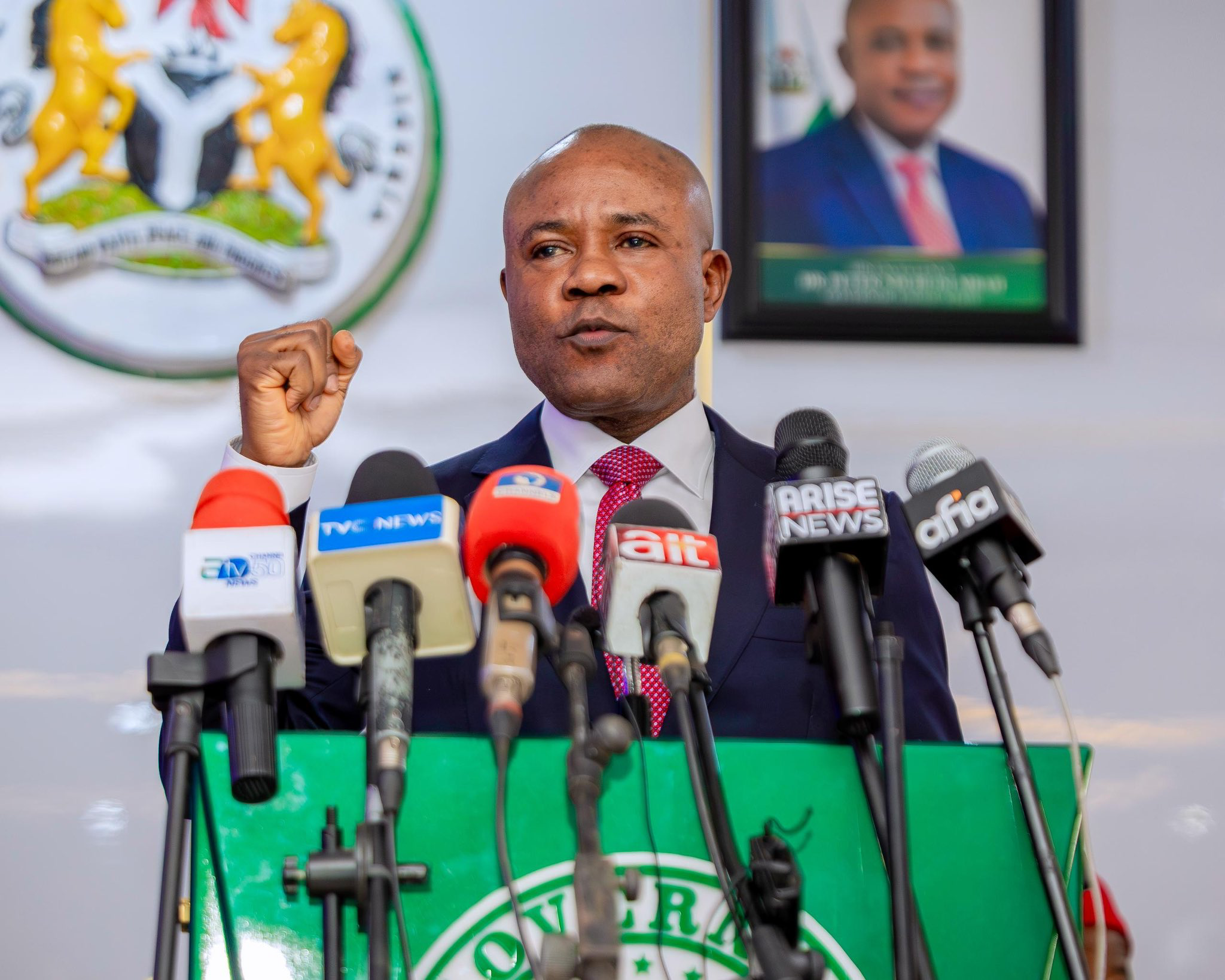The Lagos State government has enhanced its emergency response system with the renovation of ambulance points, construction of new facilities, and deployment of additional resources to improve response time.
Director of the Lagos State Ambulance Services (LASAMBUS), Beatrice Makinde, told The Guardian that the agency currently operates five ambulance bases strategically located across the state to provide swift assistance to accident victims.
The bases are situated at General Hospital Lagos, Lagos State University Teaching Hospital, Federal Medical Centre Epe, Badagry General Hospital, and Ikorodu General Hospital.
Makinde said that although several ambulance points were vandalised during the EndSARS protests, the state government had renovated 15 out of 28 facilities, with Governor Babajide Sanwo-Olu approving the refurbishment of 10 and partners handling five.
She explained that the location of ambulance points is determined by accident-prone zones and traffic conditions. Emergency units are stationed at busy areas such as Third Mainland Bridge, Eti Osa, Masha, Ikorodu, Badagry, and Mile Two.
To strengthen operations, Makinde disclosed that 198 staff members have been trained in basic life support, trauma care, and first aid. In addition, the governor has approved the employment of 60 nurses to address manpower shortages caused by the migration of healthcare workers.
Addressing traffic challenges, the state has introduced ambulance bikes to navigate congested areas and deliver prompt care before a regular ambulance arrives. “We now have ten brand new ambulance bikes to reach patients faster, especially in areas inaccessible to vehicles,” Makinde said.
She identified traffic congestion and motorists’ refusal to yield to ambulances as major obstacles. “An ambulance might be going to pick up a patient, get a surgeon, or collect blood. These are critical emergencies, so people must give way,” she added.
Makinde also revealed that LASAMBUS has launched a digital dashboard to capture real-time emergency data and is developing a system to monitor bed space availability in public and private hospitals, ensuring patients are directed to facilities that can receive them without delay.






